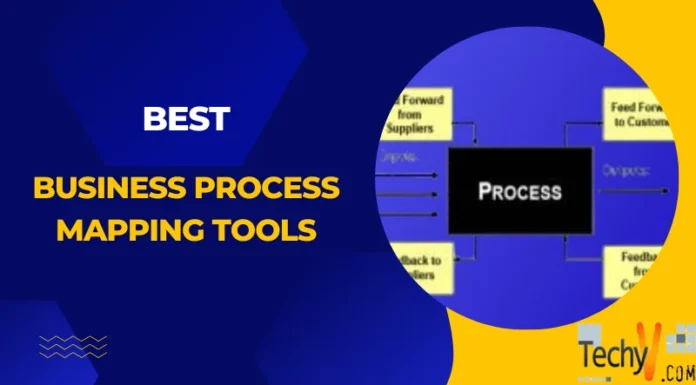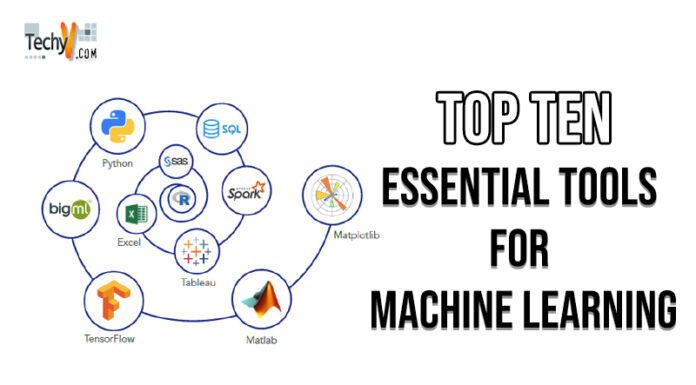Businesses employ cloud collaboration technologies to boost team efficiency and streamline their operations. Scalability, management, accessibility, and interaction for simple communication are few advantages of using these solutions. Cloud collaboration solutions are essential for company productivity, even after the pandemic’s commercial interruptions. They allow teams to communicate ideas and work in real-time and team members to reach out to clients without regard for financial or geographic limits.
1. Slack
It’s a messaging application that assists in an easy job and keeps everything in order. It can access your connections, correspondence, and to-do projects in one spot this way. Status updates and notification choices inform you of who is and is not accessible. Slack allows us to publish fast requests and talk privately and in groups. It is an excellent place to make team announcements, post updates, and share views or ideas.
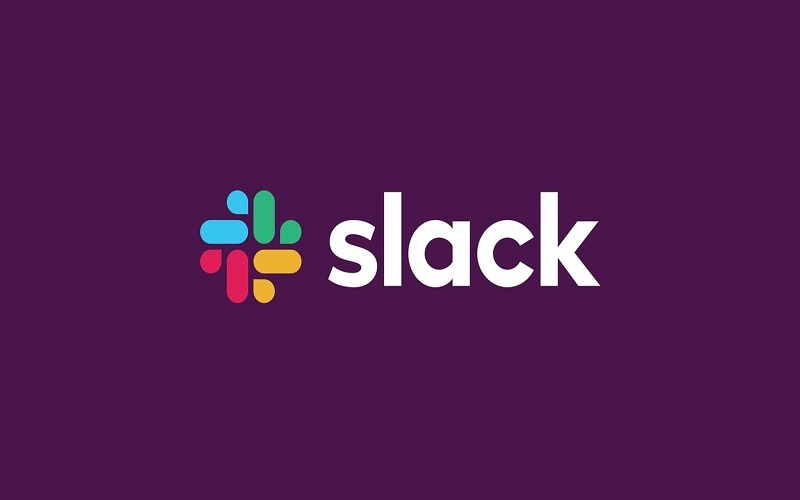
2. Trello
Trello is the virtual communication platform for remote teams because of its emphasis on project management. It offers an overview of projects in Kanban view, Simple templates and Butler automation of chores and workflows to assist in getting started. Integrations and Power-ups increase productivity and open unlimited boards in Table, Dashboard, Timeline, Maps, and Calendar forms, depending on the subscription. With infinite Workspaces, associated permissions, and multi-board guests, you can get a lot done from anywhere on the planet.
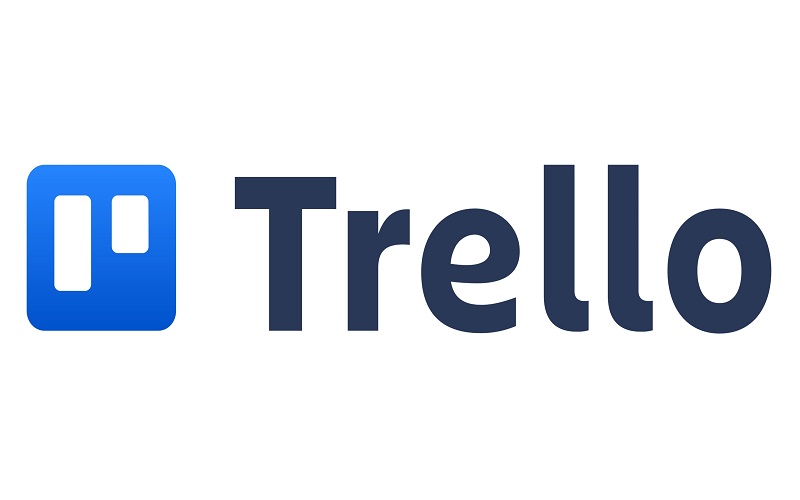
3. Google Workspace
Google Workspace is a collaborative software suite provided by Google; the corporate behemoth best known for its search engine. It has many functions and is the big platform for an organization. It builds unique business emails for the employees that utilize the interface as the popular Gmail program anyone can collaborate to create and modify documents, and anybody is allowed to give comments and ideas for any modifications. Google Drive for file sharing; Google Sheets for spreadsheets, a shared calendar application that allows co-workers to keep track of each other calendars.
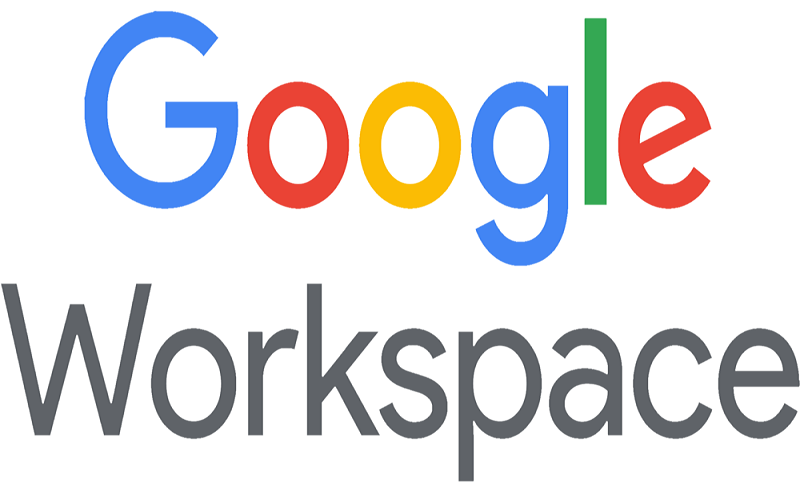
4. Microsoft Teams
Microsoft Office 365 provides an excellent collection of collaboration tools to boost productivity. Shared mailboxes, centralised management, and high availability are the advantages. It combines five Microsoft applications of cloud-based versions Word, Excel, PowerPoint, OneNote, and Outlook, allowing one to create and share documents. Microsoft 365 offers variants for online collaboration, including Windows and Mac app utilised with Android and iOS mobile devices. The free version has limited capacity and capability, but the subscription plans include more storage and functionality of the Microsoft Office suite.

5. Asana
Asana is a well-known platform in the market. It is a complete system that employs many board views, such as lists, Kanban, and Gantt charts, allowing one to organize the workflow to fit anyway. The platform includes various workspaces and essential goal and priority-setting tools. The even feature reporting and analytics capabilities assist in tracking the team’s growth. File sharing, activity feeds, and chat boards are also available through Asana. Asana features robust API capabilities that allow it to integrate a wide range of third-party apps.

6. Monday.com
It is an award-winning program utilized by both co-located and remote teams designed to centralize the relevant project facts in a single location to improve team procedures and simplify information sharing. Monday.com offers a collaborative-first design evocative of social networking services, making it simple even for non-technologists. The native iOS and Android apps allow teams to continue monitoring operations even on the road. Finally, it has open API capabilities and can integrate third-party applications.
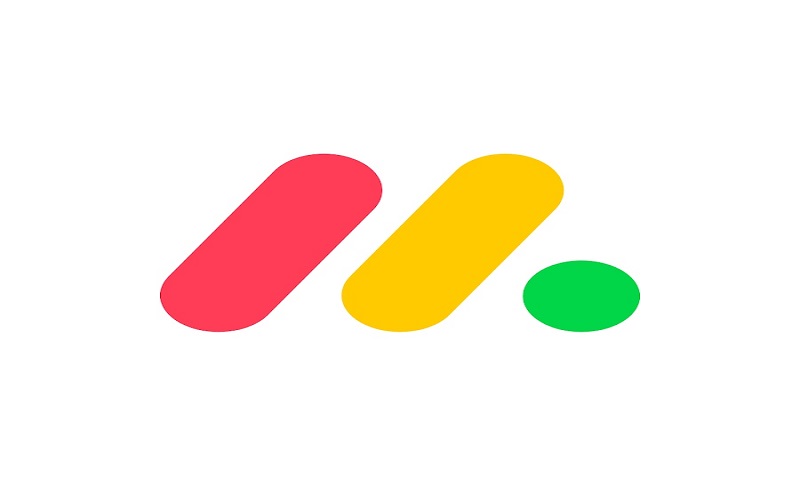
7. Basecamp
Basecamp is a good project management tool, an excellent instant messaging platform that encourages cooperation, a convenient universal search, a single location for files, and a straightforward task management interface ideal for teamwork. Basecamp is a site for external customers to manage projects and deliveries with the primary project team without disruption. It is the market’s oldest project management solution capabilities that are rudimentary and inadequate for current project collaboration.

8. Confluence
Atlassian’s Confluence is a team collaboration platform. It enables users to create, modify, share, and save documents shared with the team members. It includes several built-in capabilities that help to make intelligent and well-structured documents, several layouts and custom templates.
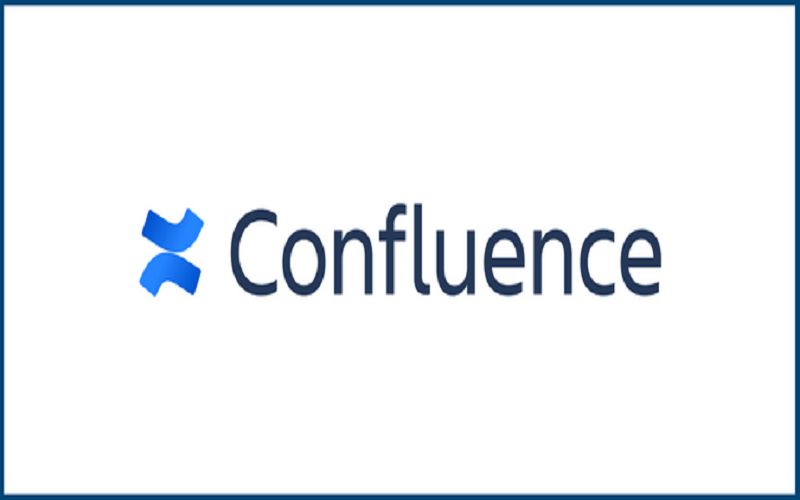
9. Figma
Figma is a cloud-based communication tool designed for distributed teams. It makes it simple for teams to collaborate even when not in the same area. Multiple people can work on the same design in Figma. Figma maintains track of design changes to revert to prior versions, remark on design offering comments and communication with others.

10. Miro
Miro is the best online program that seeks to bridge gap between regular office work and the hybrid routine, many of us have become accustomed to. It is called a multifunctional online collaboration tool, and the feature set, extends beyond the conventional domains of comparable applications.





